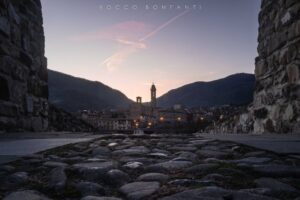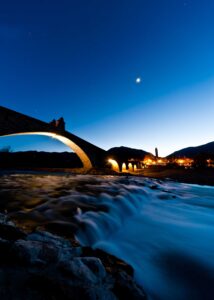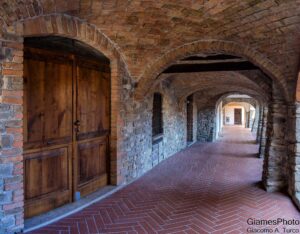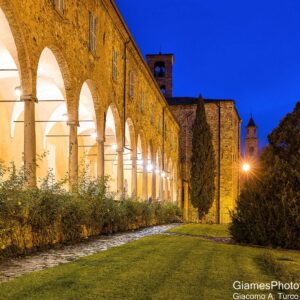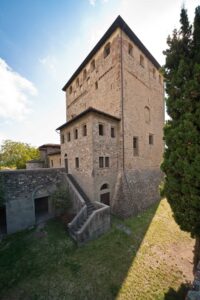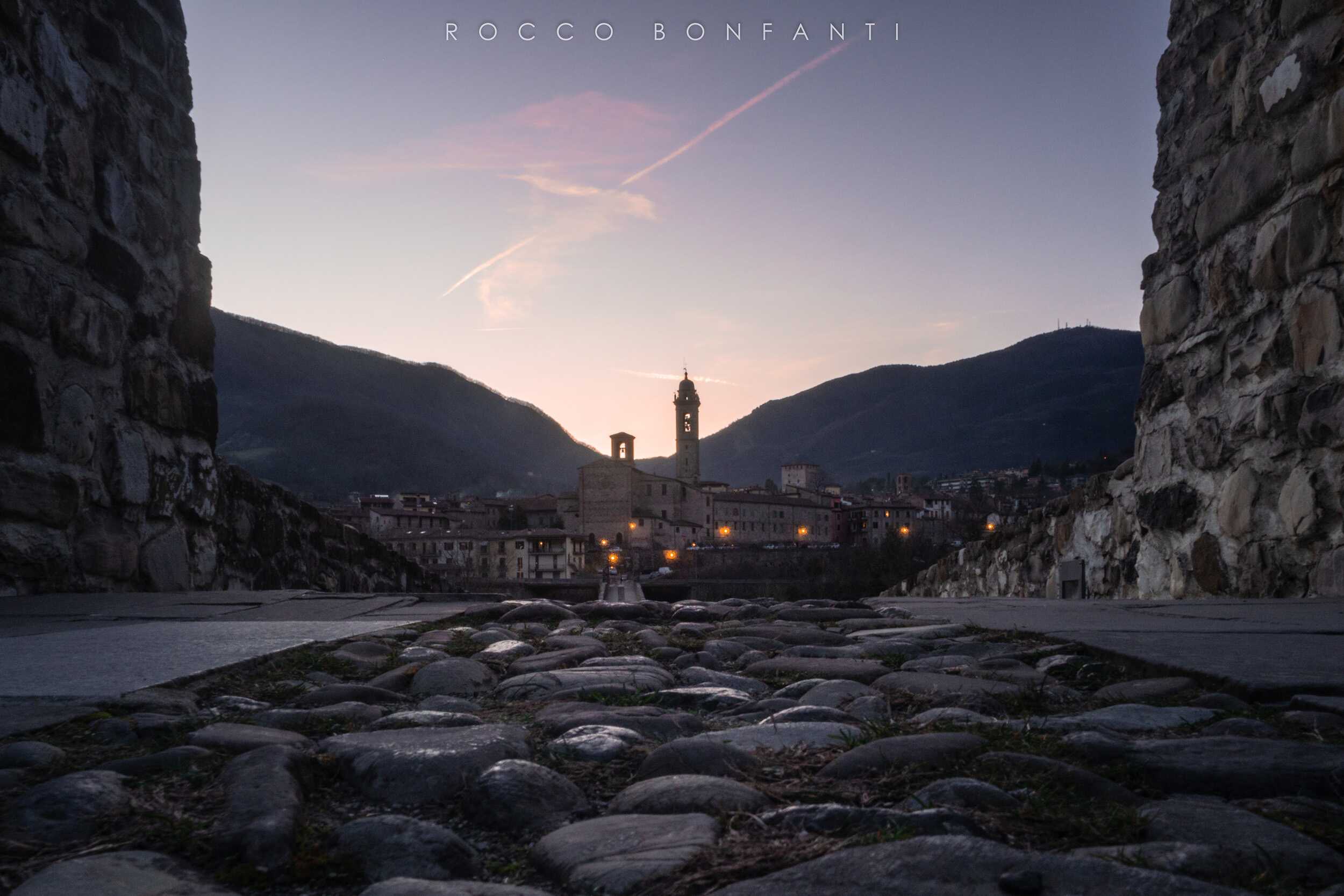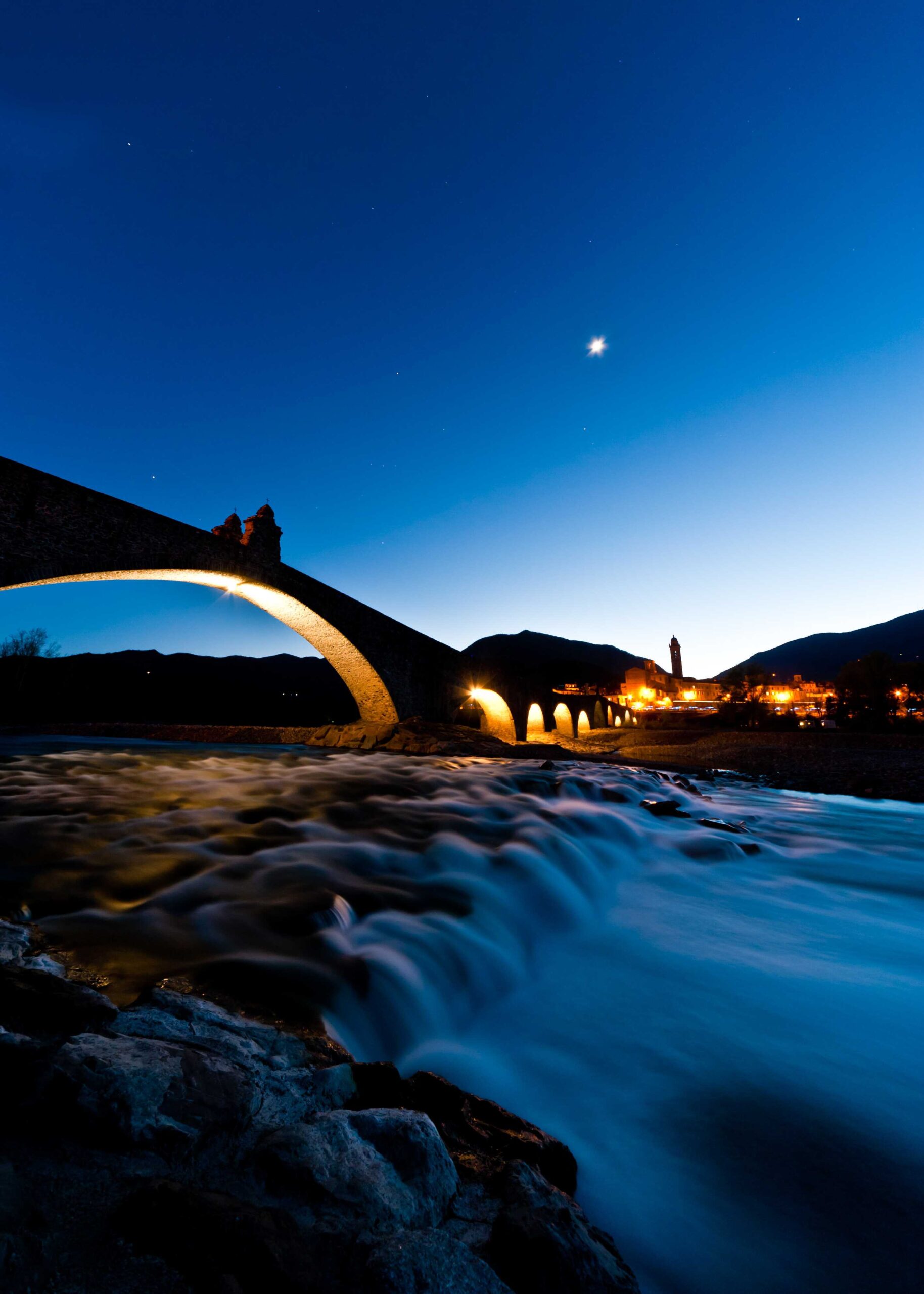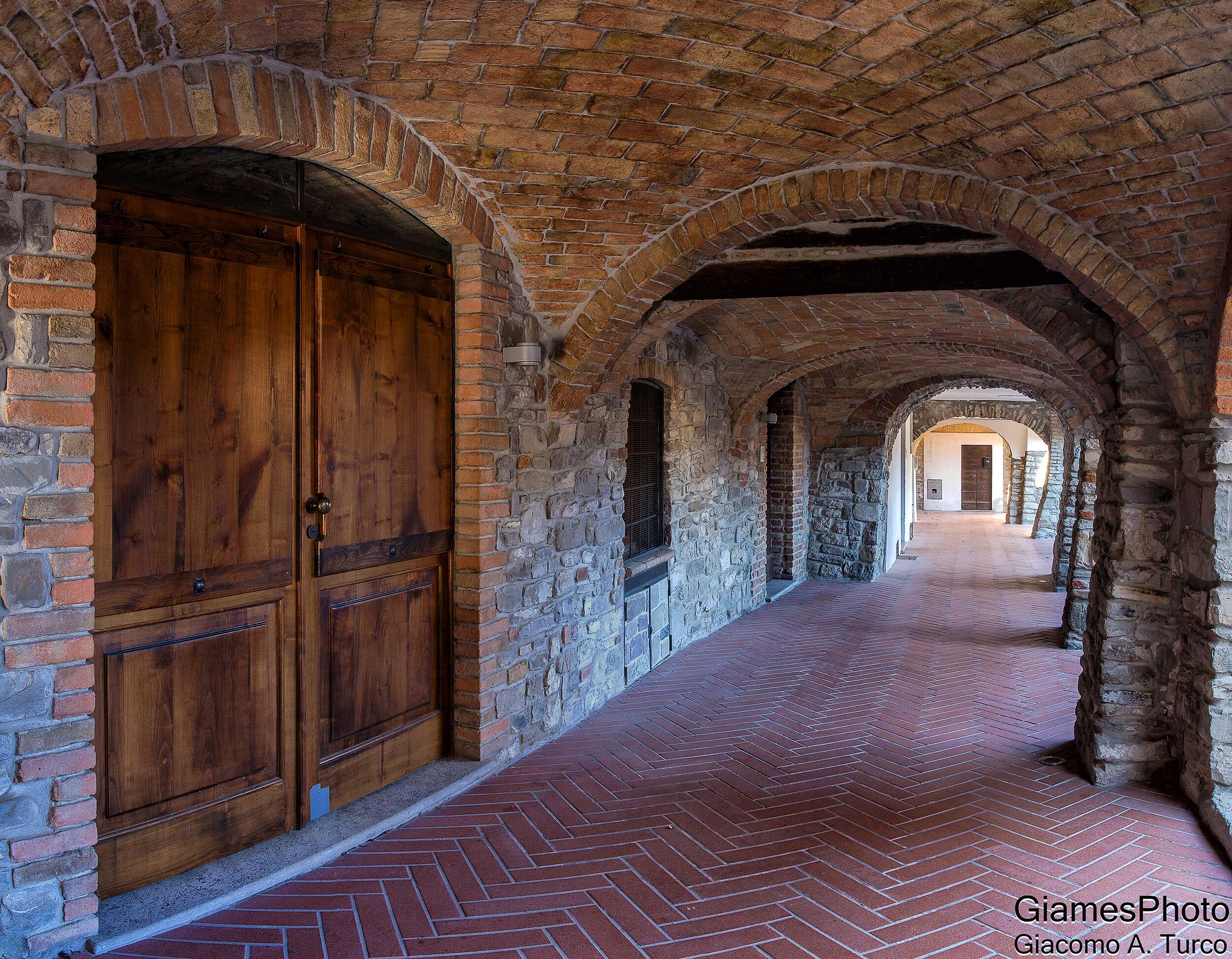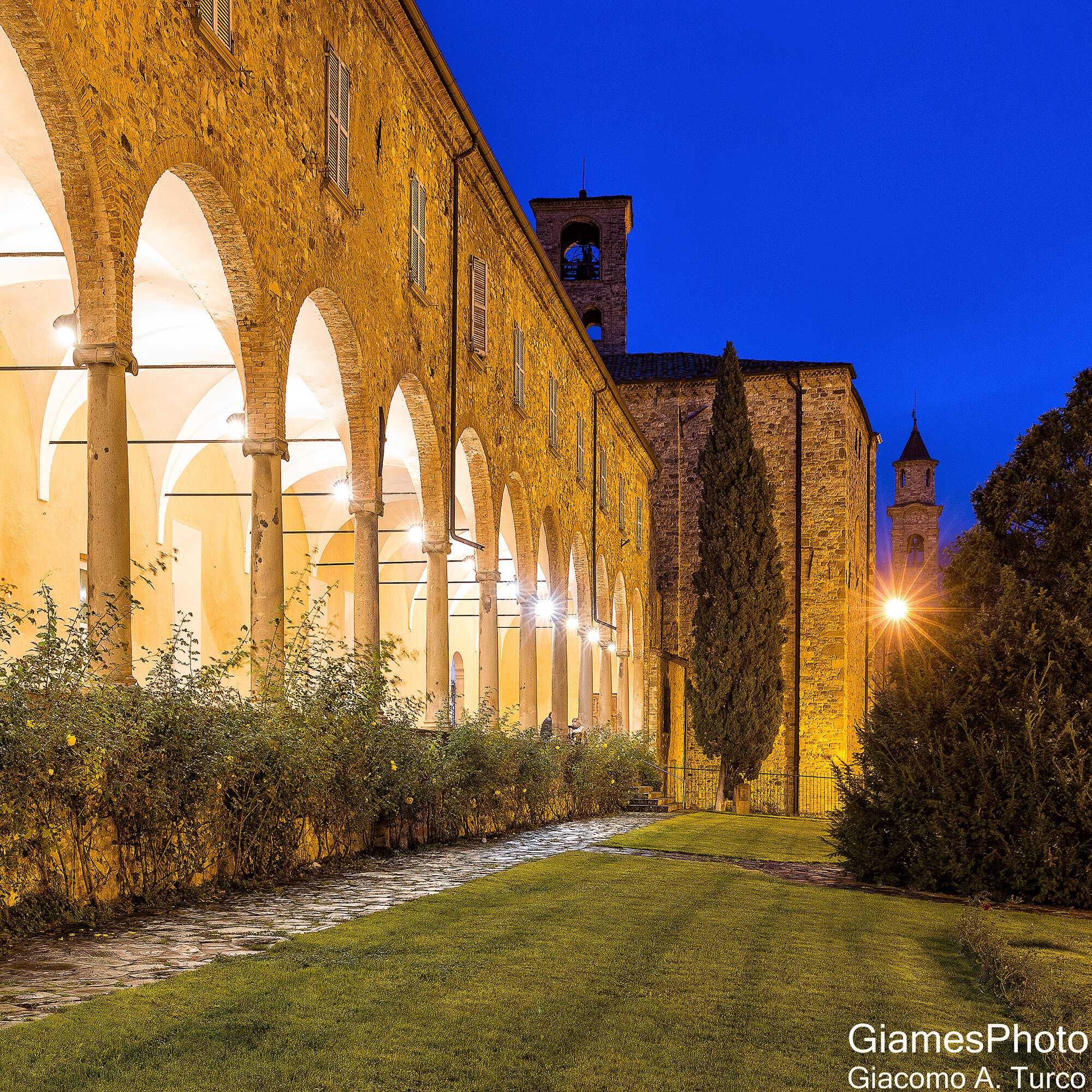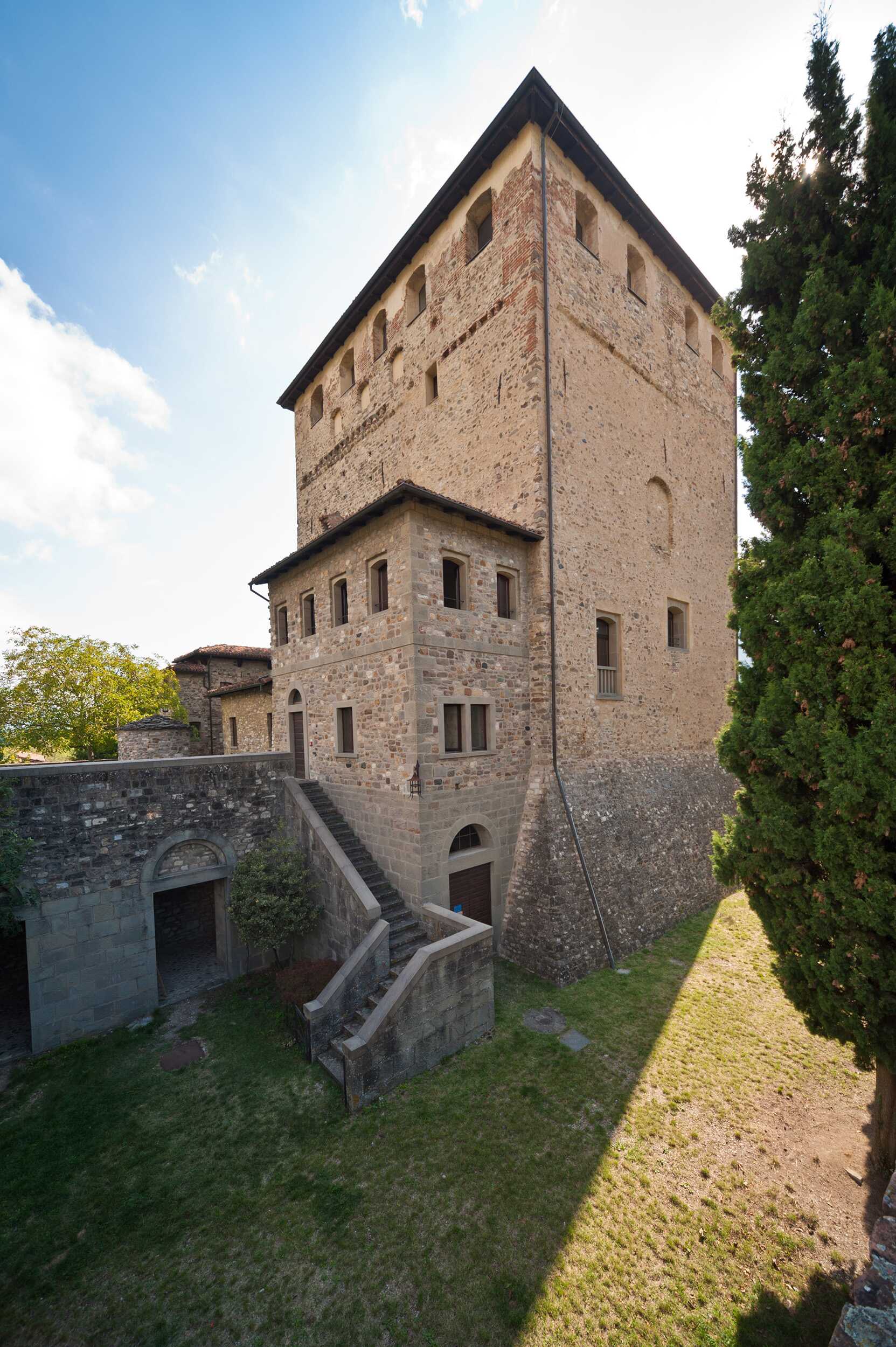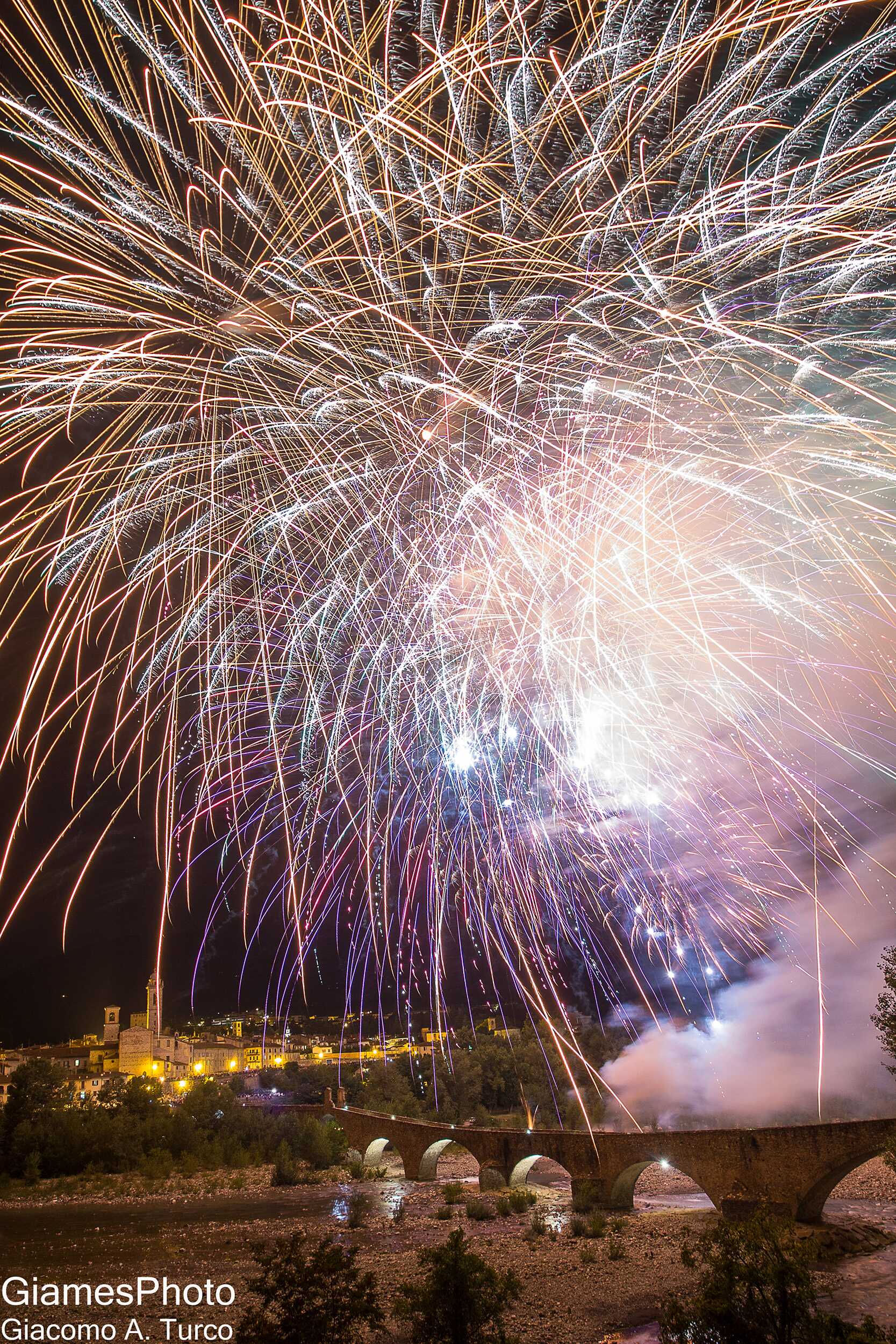Bobbio is a village of Roman origin known as Saltus Boiellis. In the mid-6th century, it was assigned to the Lombard duke Sundrarit, who also took over the local salt pans. The history of the village is inextricably linked to the Abbey of St. Columbanus, built in 614. Before long, Bobbio became a thriving monastic site as well as an important cultural center. On February 14, 1014, thanks to the interest of Emperor Henry II, Bobbio became an episcopal see and obtained the title of city. In addition, the abbot obtained episcopal dignity and jurisdiction so, at first, bishop and abbot were the same person. The splitting of these two offices and the subsequent division of property also signaled the beginning of Bobbio’s decline due to infighting between abbot and bishop.

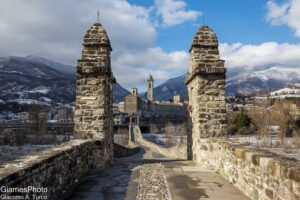
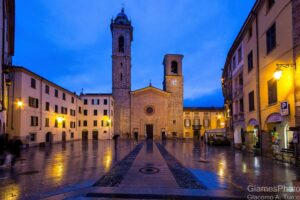

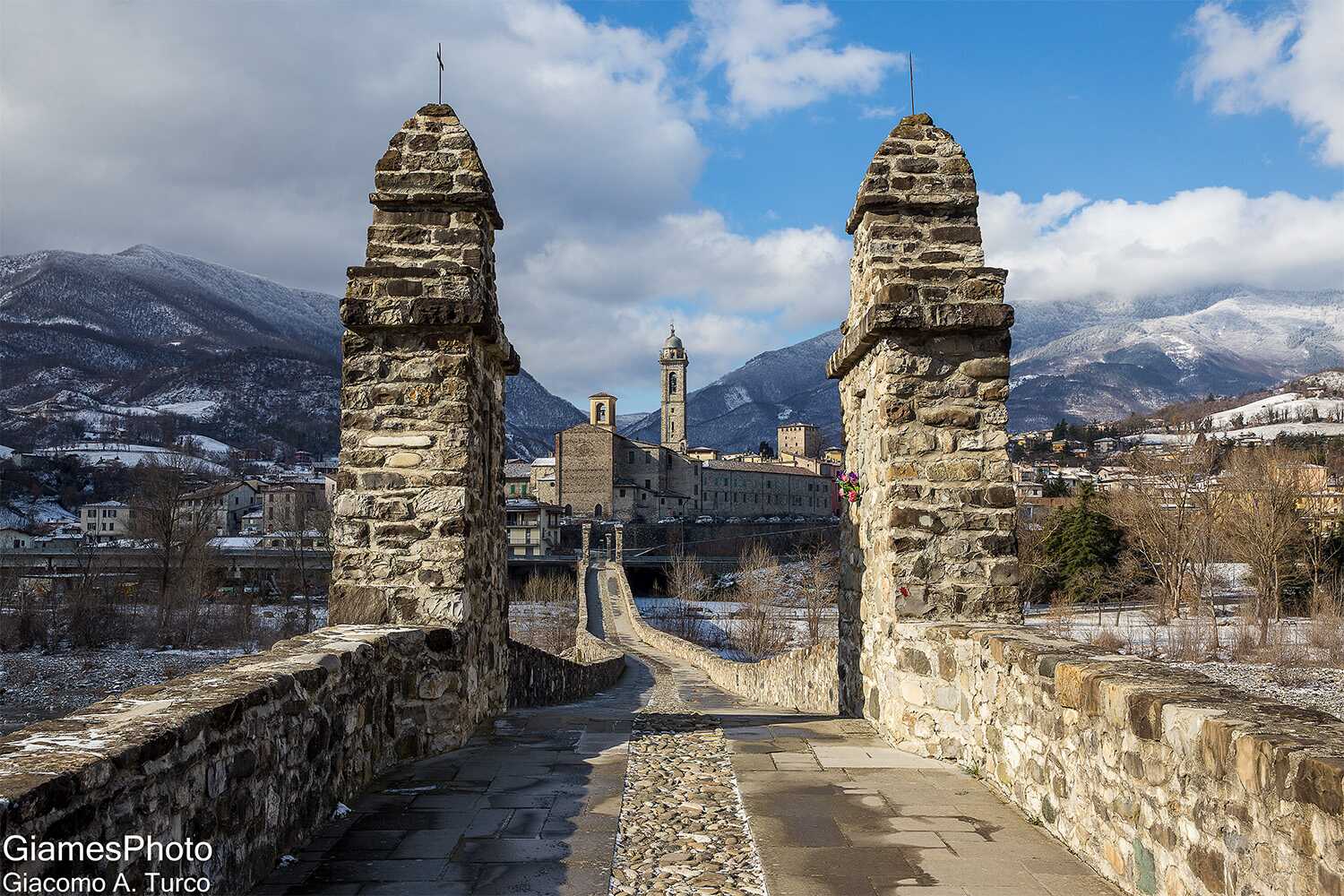
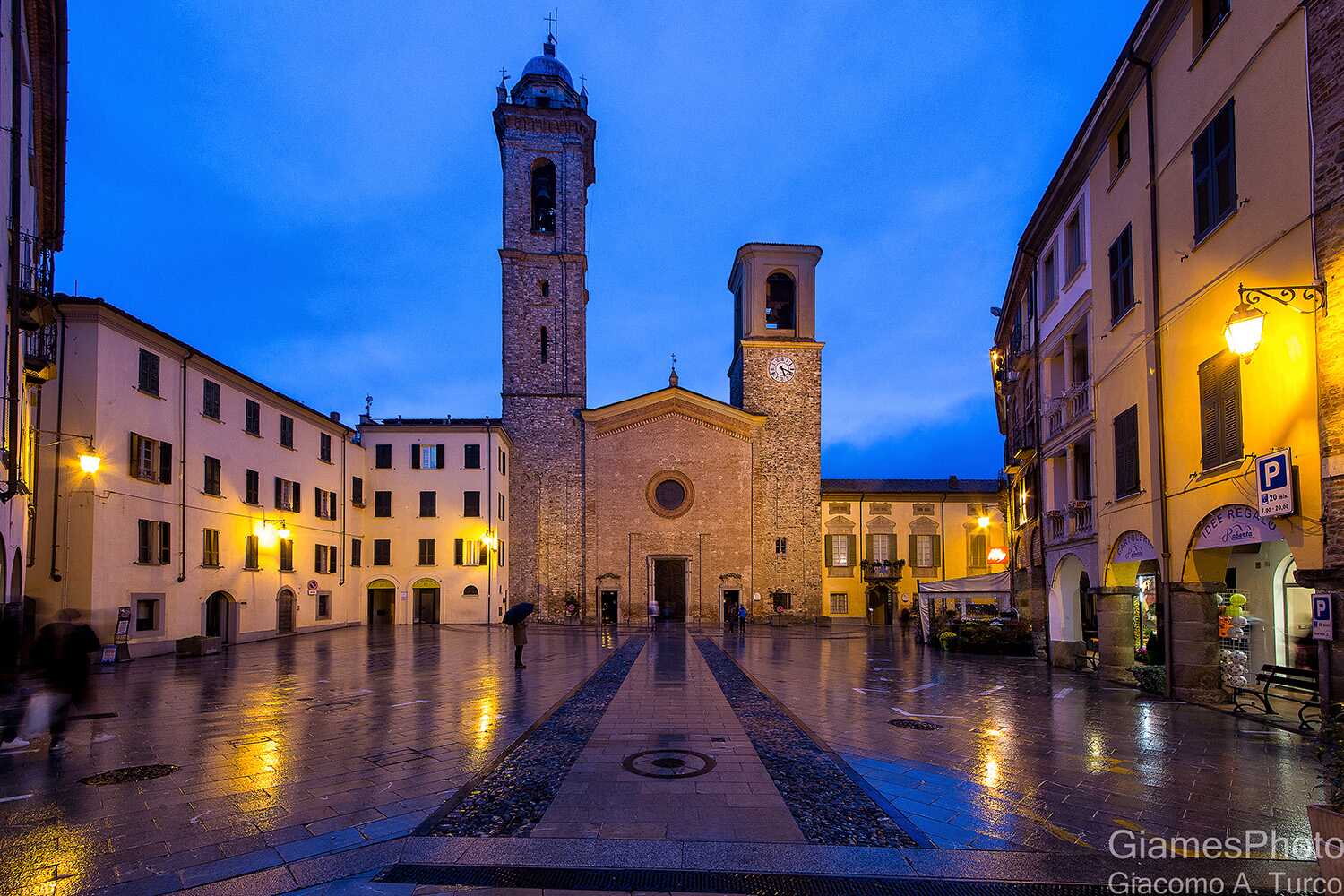
What to see in Bobbio
With its irregular profile it constitutes one of the oldest and most symbolic constructions in Bobbio, although it has never been dated accurately. The name Ponte Gobbo (Hunchback Bridge) comes from the 1907 dialect poem Al Diavul al fa al Pont Gobb al Bobbi, which tells of the devil building the hunchback bridge to spite St. Columba, hoping to drive the inhabitants away from the Monastery and religion by means of the bridge.
This poem takes up the legends. According to the oldest, the evil one promised St. Columbanus to build the bridge in one night, in exchange for the first mortal soul to cross it: the saint agreed. The devil kept his promise and, enlisting the help of several demons to hold up the bridge’s vaults, built it all in one night. Because the demons were of different sizes, the arches of the bridge ended up being uneven. The next morning, the devil waited at the end of the bridge for his soul, but St. Columbanus sent him a dog. The devil, mocked, before going back to hell, kicked the bridge, also making it crooked.
The bridge has a length of 273 meters and 11 arches. Apparently, even Leonardo Da Vinci was impressed by it, and some scholars believe that the bridge seen in the Mona Lisa’s right shoulder in the Mona Lisa’s Mona Lisa is indeed the Bobbio bridge as seen from the Malaspina castle.
Museums
The Abbey of Bobbio, thanks to its books, has been one of the most important cultural centers in Europe since the 6th century. Of that splendor, the basilica and monastery remain today; the latter houses the Abbey Museum, the town museum, and a wonderful little museum of contemporary art.
The Abbey Museum houses a collection ranging from the Middle Ages to the 1700s. In the Archaeology section there are pre-6th-century pieces: the alabaster amphora that tradition believes came from the Wedding at Cana; an elephant tusk decorated with the myth of Orpheus; and the sarcophagus of the Cocceia family, dating from the 4th century. The two rooms of the lapidary house slabs, capitals, and small columns from the Lombard and Carolingian periods; particularly important is the Cumiano tombstone, a Greek marble slab commissioned by King Liutprand for the illustrious abbot Cumiano. In other sections of the museum, one can see important artifacts such as St. Columba’s bowl, knife, and spoon, as well as the reliquary containing his remains. The Pinacoteca closes the tour with the Polyptych of the Assumption, a work by Bernardo Luini, executed in 1522 for Bobbio Cathedral.
Basilica of St. Columba
The present church was built in the early Modern Age on the remains of an older building. The three-aisled interior houses fresco cycles by Bernardino Lanzani. The 9th-century baptismal font in the left aisle is notable. The crypt is the most mystical place in the complex; it houses the sarcophagus of St. Columbanus in the center, the tomb of St. Attala (the second abbot) and the tomb of St. Bertulf (the third abbot). Also preserved here is a mosaic of about 100sqm, which originally formed the floor of the church, but with reconstruction work it was buried. It depicts some biblical episodes, resulting in an extraordinary example of an illustrated Bible for those who could not read.
Museum of the City of Bobbio
It is set up in the oldest part of the Abbey. In the rooms of the former refectory and washroom, themes related to the life and works of St. Columba, from the Irish prelude to his arrival in Bobbio, the geopolitical situation of Lombard Italy and the activity of the scriptorium are addressed. Reproduced pages from several codices, now preserved at the Biblioteca Ambrosiana in Milan, dating between the 9th and 12th centuries, are visible. On the wall of the first room is a fresco of a Crucifixion with St. Columbanus and St. Benedict with the Book of the Rule, attributed to Bernardino Lanzani (c. 1460-1530).
The cathedral, built in the 11th century and remodeled in later centuries, is dedicated to St. Mary of the Assumption: little remains of the original structure, only the lower part of the two towers. The vault frescoes are 18th-century, while the rest of the decorations date from the 19th century.
Of the works preserved here, we note the 15th-century Annunciation in the chapel of St. John. All the bishops of Bobbio since 1600 rest in the crypt, and there is a chapel dedicated to St. Antonio Maria Gianelli, bishop of Bobbio from 1838 to 1846, who is buried in a transparent urn placed under the altar.
The Malaspina-Dal Verme castle is reached by crossing the characteristic Contrada del Castellaro. Here the ancient porticoes are one of the most photographed corners of the village; these were for centuries the doorway of the shopkeepers who had houses on the second floor, while, in what are now attics, the pantry was kept, where products were smoked with smoke from stoves and chimneys below.
The Malaspina-Dal Verme Castle was built in 1304 by Corrado Malaspina, then passed to the Dal Verme family in the following century. In 1504, it was converted into luxurious housing; finally, it passed to the state in 1956.
This castle, too, has its ghost stories, which, from time to time, someone claimed to have seen on the walls. They are the poor inmates in the “knife pit,” a conduit lined with protruding sharp blades connected with a dungeon with no way out: this is where enemies of the castle lord were kept, but, also young women kidnapped by the various castellans.
